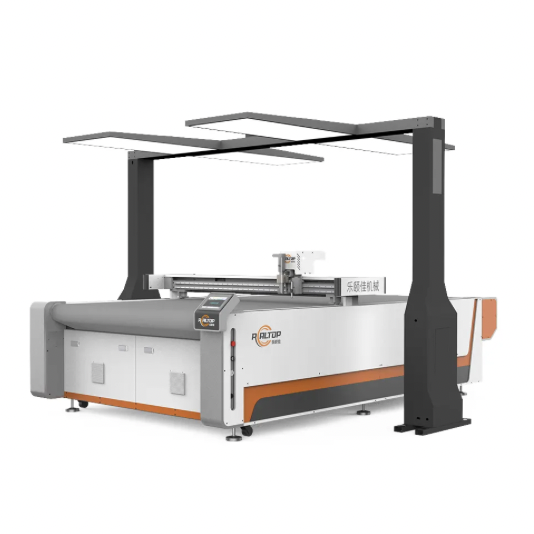Essential Safety Protocols for Leather Cutting Machine Operation
In order to protect human safety and production efficiency, safe operation of the Leather Cutting Machine is strictly required. These protocols cover a range of areas such as PPE, standard check of machine set-up and E-stop emergencies. By following such guidelines, accidents and injuries largely decrease, and the environment turns out to a safer work place for all.
Personal Protective Equipment (PPE) Requirements
Personal protective equipment (PPE) is the most important one that protect the workers for the possible dangers related with the leather cutting machines. Debris easily can fly off, blades are very sharp, and the noise level is loud, which on their own, presents incredible danger; all in all, workers require suitable protective wear such as goggles, gloves, and ear protection. The Occupational Safety & Health Administration (OSHA) reveals that the proper use of PPE can reduce injuries in the workplace by 50%, confirming that it’s a critical safety measure that helps to prevent accidents from occurring. Maintenance: In order to keep the PPE working as intended, the PPE must be maintained, including regular cleaning and inspection. Prompt replacements and inspections help to increase the reliability and effectiveness of the protection of workers.
Pre-Operation Machine Setup Checks
When you use leather cutting machine, before starting to operate, the pre-operation inspection is the key to ensure safety production and avoid equipment damage. This entails visually checking the blades for wear and tear, ensuring the power supply is secure and checking that the emergency shut down systems work. A checklist that’s well laid out could help to make sure that all essential digital checks are being performed in a methodical way. Such lists may comprise items, such as, inspecting safety guards, verifying that control pads are operational, and clearing the work area of debris. These detailed setup procedures are supported by industry safety standards because they are aids in keeping the machine operating, that is up and is not being operated unsafely.
Emergency Stop Procedures and Hazard Prevention
It is critical to have detailed, explicit emergency stop protocols in place to rapidly stop leather cutting machines during abnormal operations or emergency situations. Operators MUST know how to precisely use emergency stop systems to shut down operations NOW. The current machine structure also includes technojogy-based safety prevention means such as automatic sensors which are designed to sense irregular operation and to stop the machine Automatically. It is key to train employees in these protocols as workplaces with trained workers have a much lower number of injury incidents. Facilities can improve safety operations and reduce the risk of incident by training personnel for potential emergencies and employing modern safety technology.
Blade Care and Maintenance Strategies
Daily Cleaning Routines to Prevent Residue Buildup
Regular daily cleaning is essential to avoid accumulation of leather residues on cutting machine blades, which would negatively affect operations and output. To keep the blade area clean, it’s important to make sure you clear the shavings and spills on a regular basis. It is important to select cleansers depending on the residue, and the frequency of use of the machine in order to keep the best cutting quality and blade life. Various cleaners are designed for various sorts of residues, so each part of the machine is cleaned to a high standard. BAS agents may be split for removing the organic one with water-based agents and the synthetic one with special solvents. The consequences of not cleaning everyday can be costly and case studies have shown increased downtime and reduced cutting accuracy due to not adhering to this process.OP-ED (left): Cleanliness is Next to... This regular servicing, therefore, reduces the likelihood of expensive repairs and keeps it running at an optimal level.
Sharpening Schedules Based on Usage Frequency
A regular sharpening schedule, determined by the amount of use the machine sees, is important to ensure the efficiency of your cutting machine. Blade sharpness can be visually checked, and the cutters are visible to assess cutting performance. The frequency of replacement depends on the materials being cut and the complexity of the pattern- the tougher the leather and the more intricate the pattern, the faster the blades will become dull. Referencing industry standards like equipment manufactures’ suggested sharpening intervals, and seeking guidance from others in the business, can be sources of information to consider when developing and establishing a sharpening regimen. Adhering to these guidelines keeps the blade in good condition, minimizes downtime, and improves the quality of cuts made by the machine.
Signs of Wear and Blade Replacement Timelines
Tracking wear and creating a schedule for replacing blades are key practices that help maintain cutting performance. Operators could frequently monitor signs such as variations in cutting accuracy, increased cutting load, and visible notches made on the blade edge. More often then not blade change is required on lighter leather than heavier weight leathers. Factory experts recommend changing blades after a certain number of working hours, which vary according to cutting conditions and types of leather used. Supported by data, these timelines ensure that you are finding issues before any unplanned machine downtime occurs, which in turn allows for less downtime, and significantly lowers the costs of emergency replacements.
Adjusting Machine Settings for Complex Designs and Patterns
Design-Specific Speed and Feed Rate Calculations
When working with complex leather work designs, you’ll find that being able to adjust machine speed and feed, are absolutely necessary. The leather’s grain and the complexity of the design determine the need for accurate measurements for clean cutting. But once you have established the proper speed setting, formulas like Feed Rate = (Spindle Speed * Chip Load * Number of Teeth) / 1000 can be used for accurate settings. The adjustments can produce defective cuts, such as burr and scruff. A leather industry expert proposes that optimizing these parameters through trial and error and previous data analysis can significantly improve cutting accuracy and quality.
Pressure Calibration for Intricate Pattern Precision
Setting pressure is important when dealing with detailed leather patterns. This has a direct bearing on the finished cut quality, enabling intricate patterns to be cut. Test a button by gripping the leather type and thicknesse andbuttons of varying patterns and from a small cut out of the leather. For instance, for thicker leathers the pressure will be higher after several tests are made to ensure patterns are not over-pressured significantly, get back pattern detail etc. Standards suggest that you begin with lower pressures and work your way up to the precision you need. This is a great way to prevent distortion and damage when cutting. This way the designs you want to cut will not be distorted and, at the same time, the cuts will be perfect.
Template Alignment Techniques for Consistent Repetition
Accurate template alignment ensures each cut is identical – particularly important for making batches of product. Realignment methods such as grid referencing or by employing laser alignment tools can help to avoid pattern mismatch when working on multiple items. Misregistrations lead to wasted material and valuable time that is expensive in a production environment. To help with alignment, a number of software programs provide cutting simulations, which can be adjusted before the cuts are made. This type of accuracy and repeatability is critically important in high levels of production, where small errors can quickly build up to volume production problems.
Machine Calibration and Software Updates for Peak Performance
Step-by-Step Calibration Process for Accuracy
A leather cutting machine requires appropriate calibration to guarantee that it cuts as required. First, the basic tools that are necessary are calibration blocks, micrometers, and software settings. First I make sure to machine is powered down before placing the calibration block in place to test the laser alignment. Once they are aligned, the focus of the machine will need to be adjusted to accommodate different leather thicknesses. One suggestion is to calibrate regularly and check the settings after calibration to keep it calibrated. Good Calibration Ensures greater cutting accuracy, for less errors when cutting longer on the job. For example, an adjusted machine can improve the production precision of 30%, reduced materials waste.
Importance of Firmware Updates in Modern CNC Systems
Firmware system software upgrades are essential continuing the functionality and optimizing the performance of CNCs for leather p/cutting. Such updates frequently enhance system efficiency, repair system failures, or eliminate security flaws. The CNC system may slow down and become vulnerable to cyberattacks if updates are neglected. An example from the industry, a firmware update which fixed synchronization problems in cutting precision for a high-profile CNC machine maker. It’s important to keep your firmware updated because this will allow these machines to run optimally and protect against liabilities that may result from letting updates slip.
Maintaining Consistency Across Batch Production Runs
Quality and performance in batch production of leather cutting are essential. Some of the approaches to ensuring such consistency are how frequently machines are checked, and adjusted, routinely, before every batch run. Production can be monitored using integrated software tools quickly identifying anomalies found in runs. Such devices offer a feedback mechanism in order to keep performance standards for precision and uniformity of the industry. Through application of these methods, I end to guarantee full control of the production runs with no loss of materials, and high production line quality.

Troubleshooting Common Issues in Leather Cutting Operations
Addressing Uneven Cuts and Material Slippage
Irregular cuts and slippage of material are typical issues during leather cutting. There can be a multitude of reasons for these concerns, from incorrect machinery settings to poor material handling to dull blades. Common sense solutions such as maintaining sharp cutting tools are also needed to obtain uniform cuts. It is also very important to set machines right according to the leather we are using. Specialists recommend periodical checking of tension and alignment of the material to prevent the slippage. One practical piece of advice from my industry seniors is to regularly service the machines and establish a QA system to constantly check the accuracy of cuts.
Resolving Software Errors and Sensor Malfunctions
The performance of leather cutters is criticality influenced by software bugs and malfunction of the sensors. Software is not immune to errors such as incompatibility and bugs that can disrupt the flow of business. A methodical process for diagnosing these issues includes keeping up the software to date and to go through the manufacturer’s advice for error solving problems. Device failure of sensors could cause a poor quality of product owing to the fact that sensors are frequently mistaken material thickness or fabric cutting patterns. Curing such problems quickly is important as most manufacturers suggest. To ensure top performance from the machine it is important to calibrate sensors regularly and replace failed sensors in a timely manner.
Minimizing Waste Through Real-Time Adjustments
Real-time modifications is a technique for reducing waste during cutting of leather. Operators can employ certain tactics because of the softwares tools that keep close checks on material usage and design precision, thus being able to optimise cut paths right then. Not only does this preemptive approach minimize waste, but it has also resulted in considerable cost savings, as evidenced in a number of industry case reports. Continued training for the operator also ensures that the matter of applying these technologies to the best advantage is not lost. “Enabling operators with the knowledge and tools to decide in real time is critical to reducing waste and improving production uptime.
FAQ Section
What safety equipment is essential when operating a leather cutting machine?
Essential personal protective equipment includes safety goggles, gloves, and ear protection to safeguard against potential hazards like flying debris and high noise levels.
Why are pre-operation machine setup checks important?
Pre-operation checks are crucial to prevent accidents and ensure machine functionality by verifying blade conditions, power supply integrity, and emergency systems.
How frequently should leather cutting machine blades be sharpened?
The sharpening schedule depends on the frequency of machine usage and the types of leather being cut, with guidelines provided by equipment manufacturers.
What can cause uneven cuts in leather cutting operations?
Uneven cuts can be caused by factors such as incorrect machine settings, improper material handling, or dull blades, all of which require attention for optimal performance.
 EN
EN
 AR
AR
 FR
FR
 DE
DE
 IT
IT
 KO
KO
 PT
PT
 RU
RU
 ES
ES



